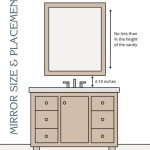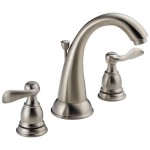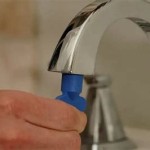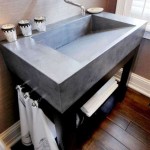A Glimpse into the Past: Bathroom Images from 1910
The bathroom, a ubiquitous fixture in modern homes, has undergone a dramatic transformation over the centuries. Stepping back in time to the year 1910 offers a fascinating glimpse into the evolution of this essential space. While contemporary bathrooms are often characterized by sleek modern fixtures, sophisticated technologies, and spacious layouts, the bathrooms of 1910 presented a starkly different picture. This article explores the unique features, challenges, and aesthetics of bathrooms in the early 20th century, shedding light on the evolution of this pivotal room in the household.
The Basics: Essential Features and Layout
Bathrooms in 1910 were far from the luxurious havens they are today. The layout was often compact, with a limited number of fixtures. A typical bathroom would consist of a toilet, a washstand or pedestal sink, and a bathtub. The bathtub was often made of cast iron and was placed in a prominent position, serving as a centerpiece of the room. The toilet and washstand were often placed against separate walls, conserving space. In some instances, a small cabinet or shelf might be included for storing toiletries.
The concept of a "shower" was still a relatively new concept in 1910. While showers had been introduced earlier in the century, they were not yet a common feature in the average household. A shower installation would typically involve a handheld showerhead connected to a fixed spout or a separate shower stall. This lack of widespread shower adoption also reflects the limitations in plumbing and water pressure technology that were commonplace at the time.
Beyond the Essential: A Dive into Design and Functionality
The bathrooms of 1910 were often characterized by a simple and utilitarian design. While some bathrooms might have featured decorative tiles or patterned wallpaper, the focus was primarily on functionality rather than aesthetics. The lack of modern conveniences like integrated storage meant that toiletries and towels were often displayed openly on shelves or placed on the floor. Bathrooms were not typically heated, relying on natural ventilation for air circulation. The lack of central heating also meant that bathrooms were often cold and damp, especially in winter. This lack of warmth can be seen in the choice of decorative elements, which were predominantly designed for a cool and minimalist aesthetic.
Bathrooms in 1910 were often considered a private space within the home, but they were not always located in the same proximity to bedrooms or other rooms. The location of the bathroom was often influenced by the plumbing infrastructure and the overall layout of the house. This could result in inconvenient layouts and limited accessibility. The prevalence of shared bathrooms amongst family members was also common due to the limited availability of private bathroom facilities in many homes.
A Glimpse into Hygiene and Sanitation
Hygiene practices and sanitation standards in 1910 differed dramatically from modern practices. While the concept of personal hygiene was regarded as essential, the methods and resources available were limited. Bathrooms were often equipped with a chamber pot or commode for night use, which were emptied daily. Running water was often scarce, and baths were taken less frequently. The bathtub was frequently used for washing clothes or even serving as a basin for cleaning other household items, reflecting the limited resources of the time. The use of soap and water was essential for daily cleanliness, and while basic toiletries were available, they were often considered luxury items.
The lack of modern plumbing infrastructure also posed significant challenges for sanitation. The absence of central heating, ventilation systems, and specialized sanitation equipment meant that bathrooms could be prone to odors and moisture buildup, especially in the absence of regular cleaning and ventilation. These conditions could create a breeding ground for bacteria and disease, underscoring the importance of maintaining a clean and sanitized environment.

Arts And Crafts Interior 1910 The Bungalow Bathroom Edwardian Craftsman
1910 Bathroom 10 Design Ideas For A S Renovation Architecture

20 Elegant Antique Bathrooms From The 1900s Sinks Tubs Tile Decor Americana

1910 Foursquare Traditional Powder Room Portland By Vicki Simon Interior Design Houzz

15 1910 Bathroom Tile Ideas Design Vintage Bathrooms

1910s Bathrooms And Other Trends From The Decades Canningvale

1910s Bathrooms And Other Trends From The Decades Canningvale

See This 105 Year Old Home S Bathroom Go From Blue To Beautiful

1910 Shingled Residence Southampton Traditional Bathroom New York By Studio Fichandler Houzz

1910 Bathroom Ideas Photos Houzz Victorian Restroom Decor
Related Posts







